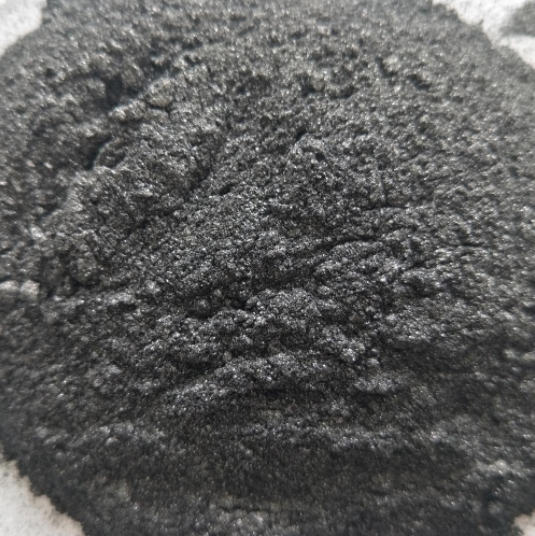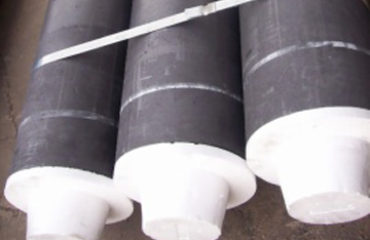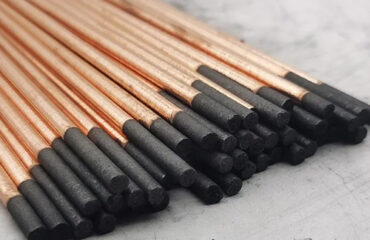
Graphite material is a carbon material composed of graphite carbon. It is one of the most rapidly developing materials in today’s industrial materials. It is not only used in traditional industrial industries (metallurgy, chemical industry and machinery), but also its application has been extended to a wider range of high-tech fields, such as aerospace, aviation, electronics, electrochemistry, communication, nuclear industry, precision machinery, bioengineering and environmental protection. The graphite material studied in this paper is cold isostatic pressing isotropic high-performance graphite electrode material for EDM (unless otherwise specified, all graphite materials studied in this paper are referred to as graphite).
It is widely used abroad. More than 95% of EDM users in the United States choose graphite as electrode material. In other industrialized countries, such as Japan and Switzerland, Graphite also plays a major role in electrode materials for EDM. In recent years, graphite, as an electrode material, has been widely used in the field of die EDM manufacturing of products in automobile, household appliances, communication and electronics industries in China. The density of graphite is about 1.55-1.859/em3, which is only 1 / 5 of that of copper. At the same time, graphite can be bonded, so it can be used to manufacture large electrodes with complex shapes. Compared with copper electrode materials, graphite has the advantages of high strength, low electrode consumption and small thermal deformation. It is especially suitable for manufacturing and processing electrodes for complex cavity molds with special structures such as thin wall, fins and micro holes. UHP Graphite electrode materials have gradually replaced copper electrodes and become the mainstream of electrode materials for EDM.


